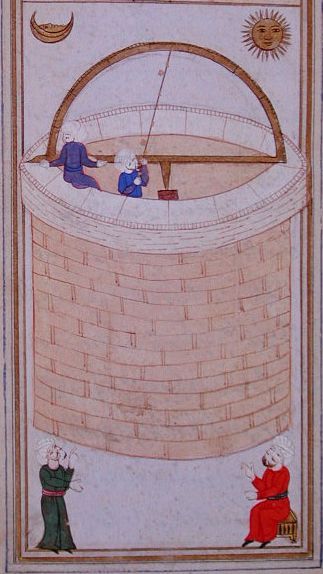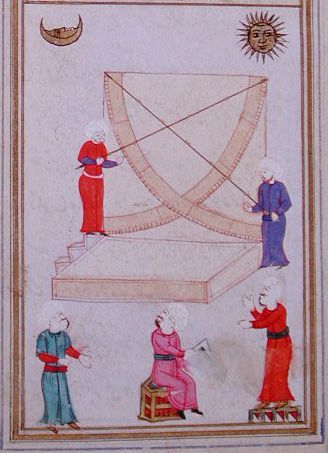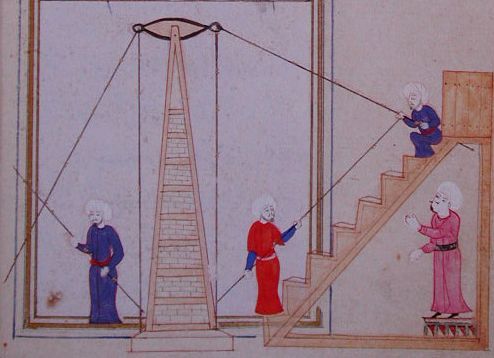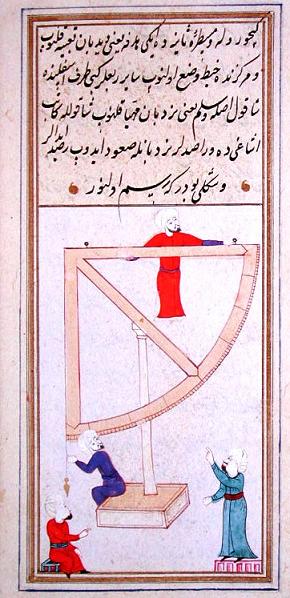
Category of Astronomical Heritage: tangible immovable
Taqi ad-Din Observatory, Constantinople (Istanbul), Turkey

Description
Geographical position
Asmal─▒ Mescit, Istiklal Cd. 134-138, 34433 Beyoglu, Istanbul, Turkey
Location
Latitude 41°01.928 N, Longitude 028°58.576 E, Elevation ...m above mean sea level.
IAU observatory code
-
Description of (scientific/cultural/natural) heritage
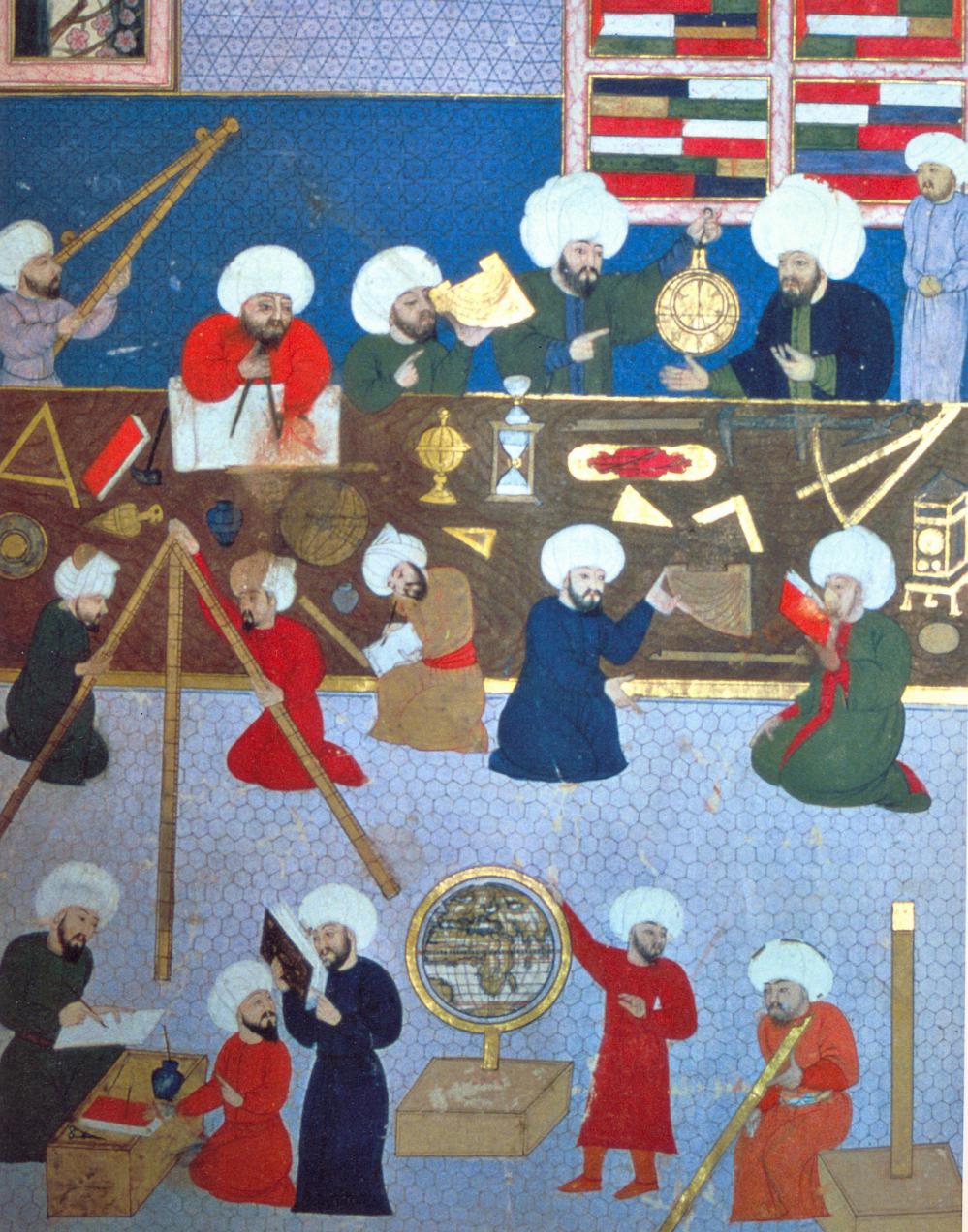
Fig. 1. Astronomers work at the Murad III observatory. Taqi ad-Din is believed to be one of the two men on the right behind the counter looking at the astrolabe (Wikipedia)
Taqı ad-Dın (1526--1585), born in Damaskus, founded the first Observatory in the Ottoman Empire; it existed only from 1575 to 1580.
It should surpass the famous Ulug Beg Observatory in Samarkand.

Fig. 2. Comet 1577 in Istanbul (Wikipedia)
Taqı ad-Dın observed the Great Comet of 1577, interpreted the comet as an omen predicting a military victory for the Ottoman Empire. This prophecy turned out to be false, whereupon the angry Sultan Murad III. regarded the observatory as worthless, stopped funding and had the observatory demolished in 1580.
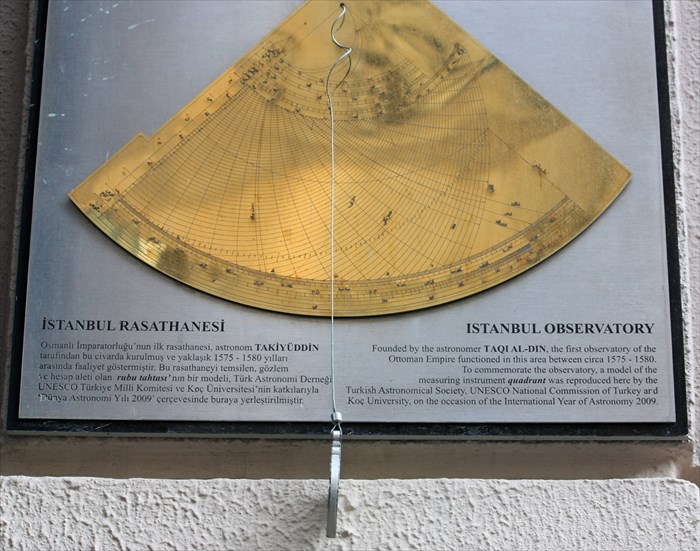
Fig. 3. Quadrant, marking the place of the former Observatory (1575--1580)
To commemorate the observatory, a model of the measuring instrument "quadrant" was reproduced by the Turkish Astronomical Society, UNESCO National Commission of Turkey and Koç University, on the occasion of the International Year of Astronomy (2009).
History
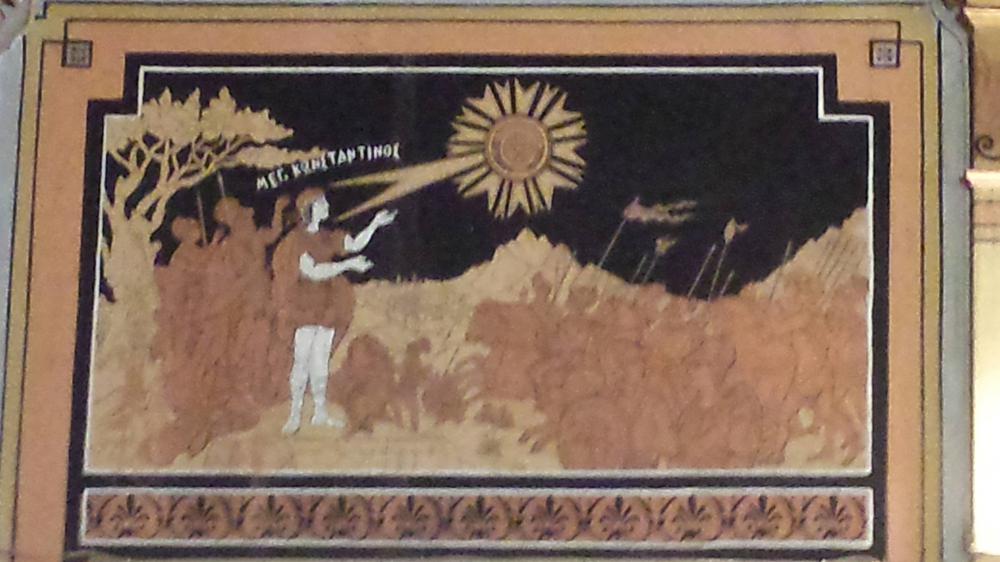
Fig. 4. Konstantinos the Great (Photo: Gudrun Wolfschmidt in Istanbul)
Byzantion (Byzanz) was founded in 660 BC by Greek settlers.
In 330 AD, the Roman Emperor Constantine the Great expanded it generously and officially renamed it as Nova Roma. In late Antiquity the city claimed the rank of "Second Rome". After the death of Emperor Constantine in 337, the city officially became "Constantinopolis". The Eastern Roman Empire ended with the conquest of Constantinople in 1453.
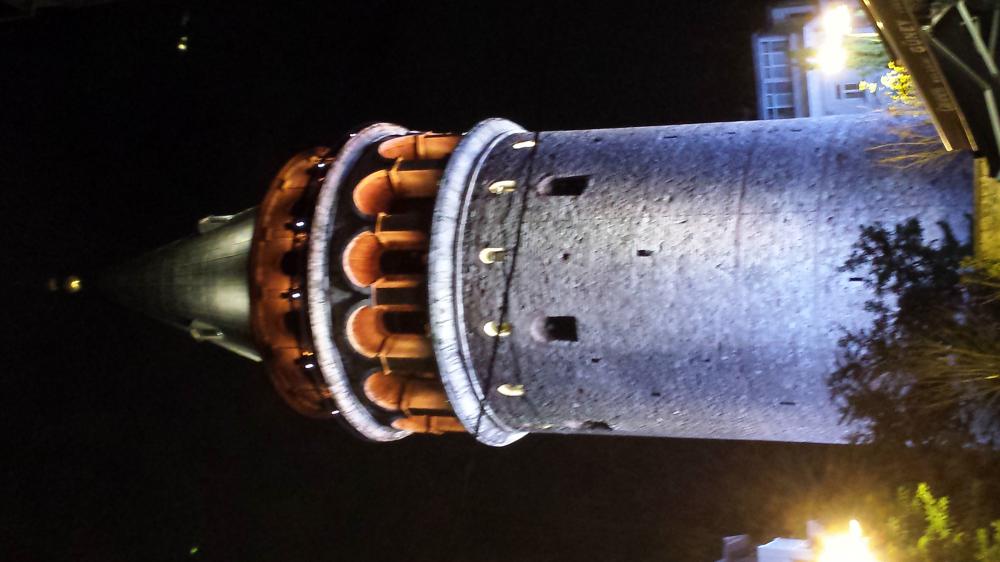
Fig. 5. Galata Tower (Photo: Gudrun Wolfschmidt)
Taqı ad-Dın, having studied in Egypt, arrived in 1570 in Istanbul and worked as head astronomer in both the Galata Tower and in a building overlooking Tophane in Beyoglu district.
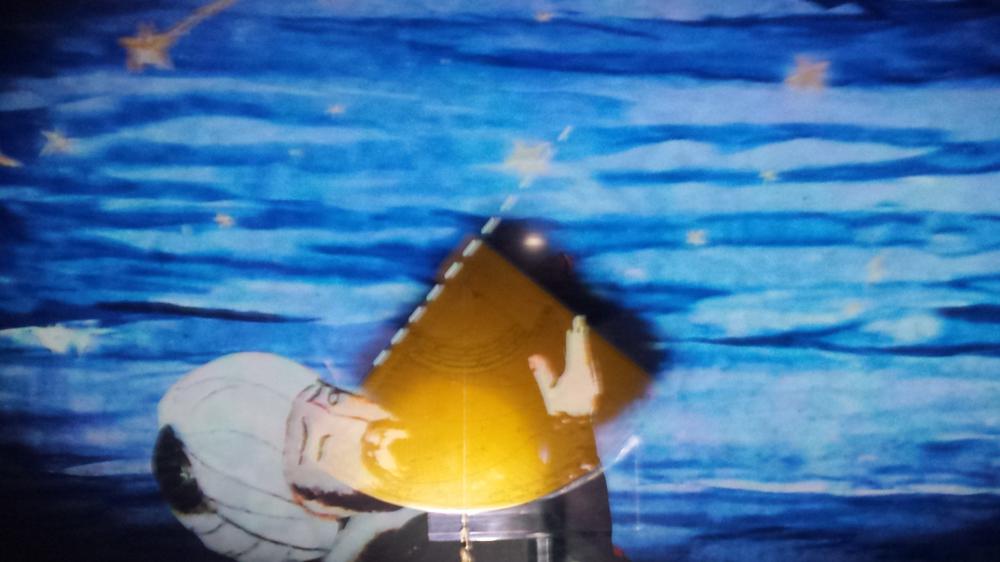
Fig. 6. Quadrant (Photo: Gudrun Wolfschmidt)
Instruments
- Mural quadrant
- Azimuthally Quadrant
- Ruler Quadrant
- Astrolabe
- Equinoctial Armillary Sphere
- Sextant
- Paralactic Ruler (Triquetrum)
- Parallel ruler
- Azimuthal Semicircle
- Terrestrial Globe
- Mechanical clock with a train of cogwheels
- Diopter
- Compass
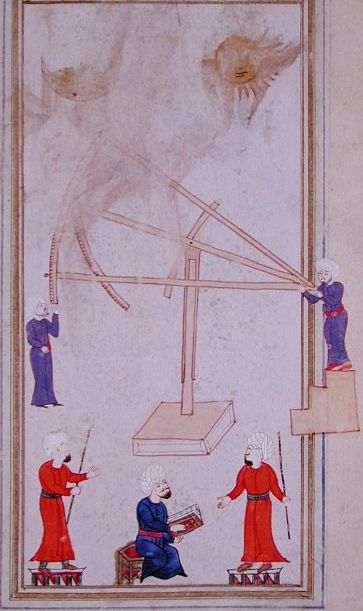
Fig. 7. Sextant, Topkapi Palace Museum (Wikipedia)
State of preservation
no longer existing
Comparison with related/similar sites
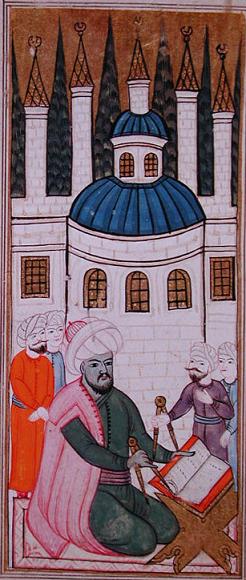
Fig. 8. Taqi-al-Din Observatory (Muslim Heritage)
Tycho Brahe’s Observatory Uraniborg with his instruments.
Models of the instruments are in the "Museum of Islamic Science and Technology" in the Gulhane Park, on the site of the imperial stables of Topkapi Palace.
Threats or potential threats
no longer existing, but a plaque is marking the place.
Present use
no longer existing
Astronomical relevance today
no longer existing, but there was an impressive collection of instruments, known from manuscripts - observation of comet 1577.
References
Bibliography (books and published articles)
- Chief Astronomer Taqi al-Din was born to a family of Turkish descent in Damascus. In: Hoffmann, Dieter; Ihsanoglu, Ekmeleddin; Djebbar, Ahmed & Feza Günergun: Science, Technology, and Industry in the Ottoman World, Volume 6 of Proceedings of the XXth International Congress of History of Science. Brepols 2000, p. 19.
- Ihsanoglu Ekmeleddin: Ottoman Educational and Scholarly-Scientific Institutions. In: History of the Ottoman State, Society and Civilisation, vol. 2. Ed. Ekmeleddin Ihsanoglu. Istanbul: IRCICA 2002, p. 361--512.
- Ihsanoglu Ekmeleddin: The Introduction of Western Science to the Ottoman World: A Case Study of Modern Astronomy (1660--1860). In: Science, technology and learning in the Ottoman Empire: Western influence, local institutions, and the transfer of knowledge. Ed. by Ihsanoglu, E.; Aldershot, Hants, England; Burlington, VT: Ashgate Publishing Company (Variorum Collected Studies) 2004.
- Sayili, Aydin: The Observatory in Islam. Ankara: Türk Tarih Kurumu 1991, p. 289--305.
- Sayili, Aydin: Alauddin Mansur’un Istanbul Rasathânesi Hakkindaki Siirleri. In: Belleten 20 (1956), no. 79, p. 414, 466.
- Sezgin, Fuat et al.: Wissenschaft und Technik im Islam. Band V. Frankfurt am Main: Johann Wolfgang Goethe-Universität 2003.
- Tekeli, Sevim: "Taqi Al-Din". In: Encyclopaedia of the History of Science, Technology, and Medicine in Non-Western Cultures. Dordrecht: Springer 2008, pp. 2080--2081.
Links to external sites
- Ayduz, Salim: Taqi al-Din Ibn Ma’ruf: A Bio-Bibliographical Essay Muslim Heritage 2008.
Links to external on-line pictures
no information available
No multimedia content published
Currently there is no multimedia content published for this case study







